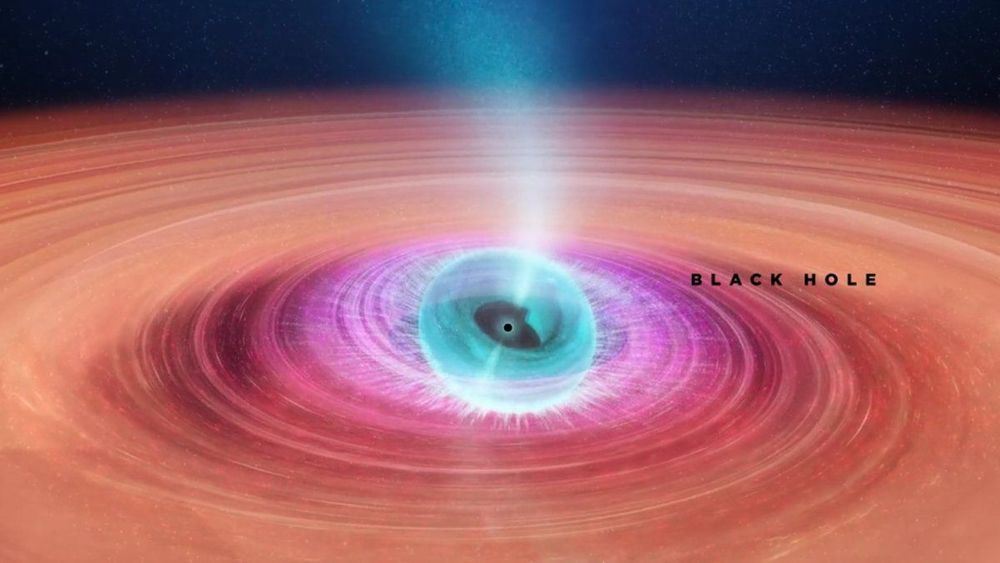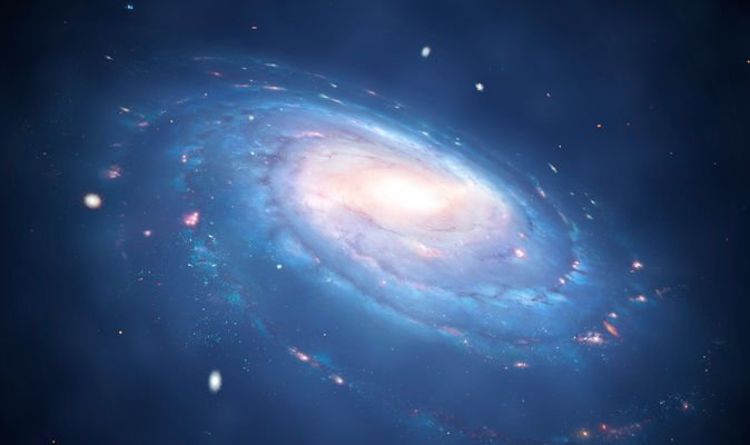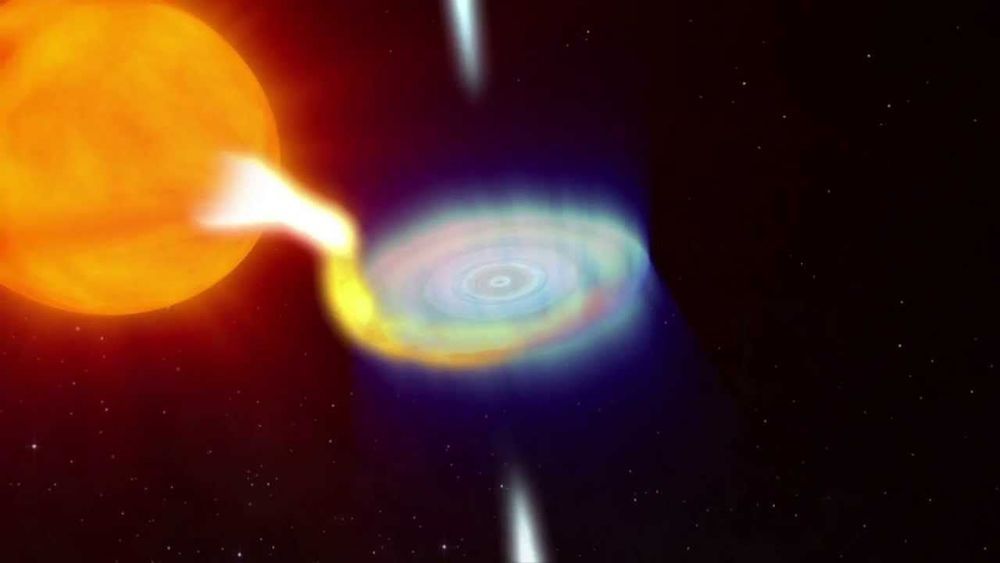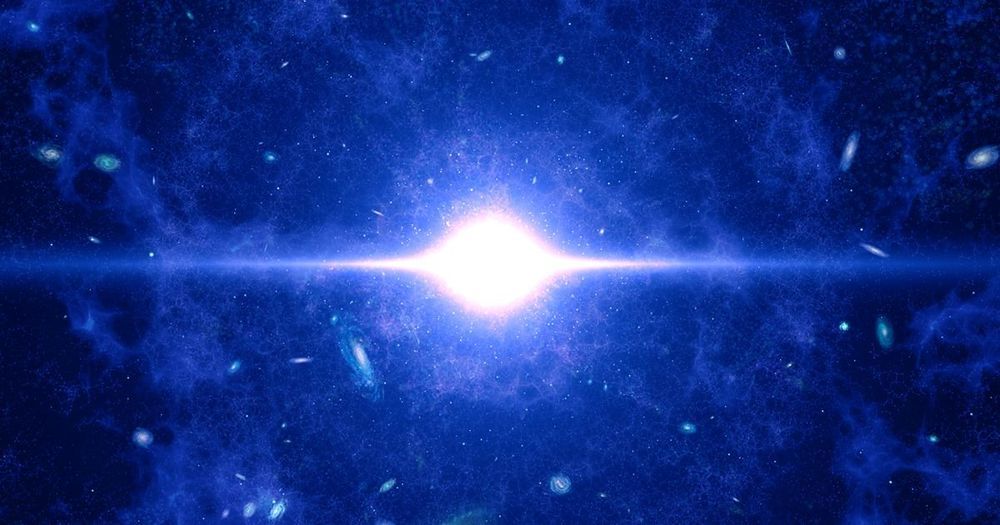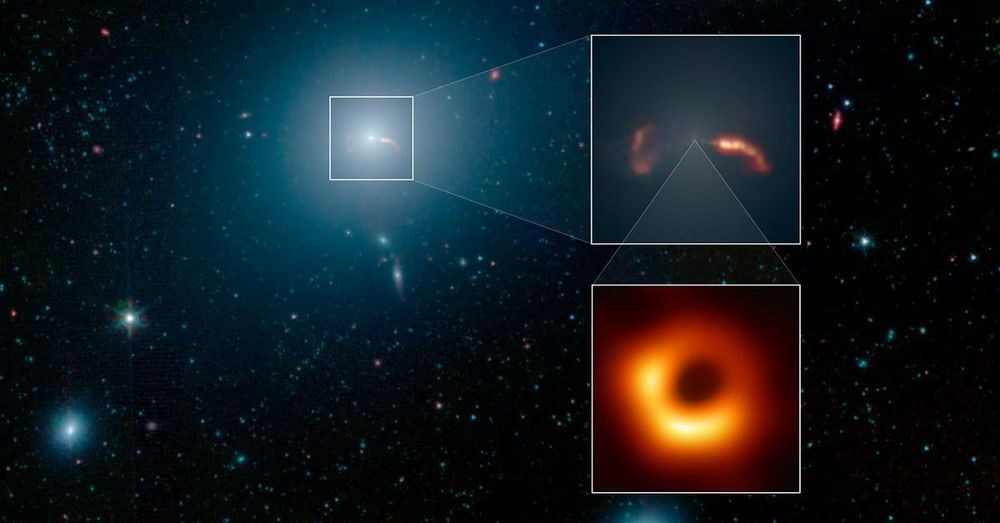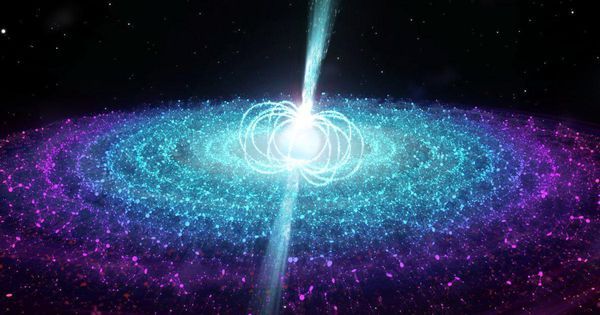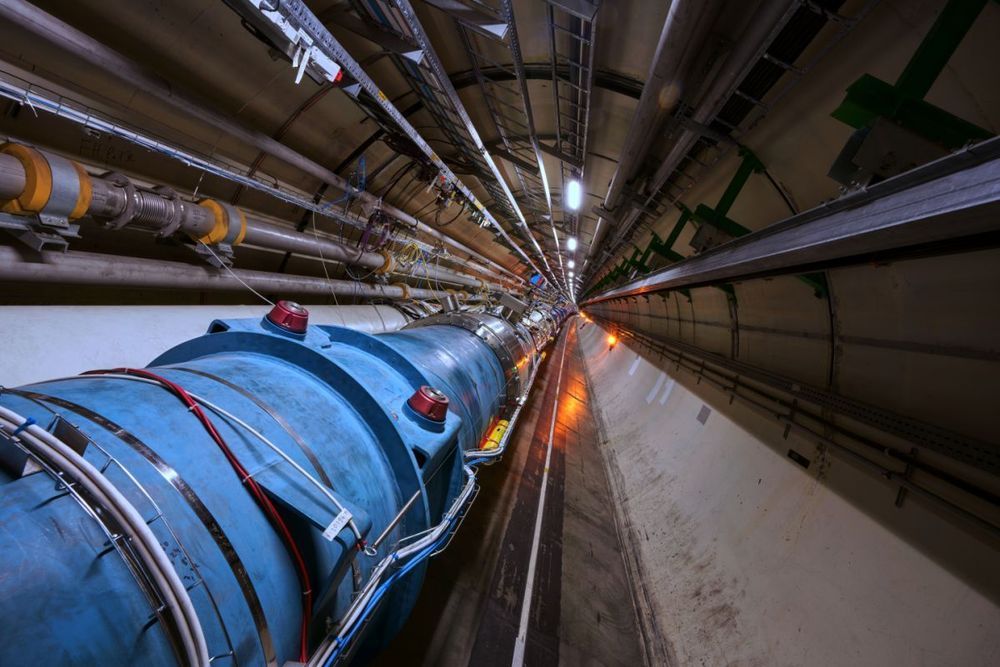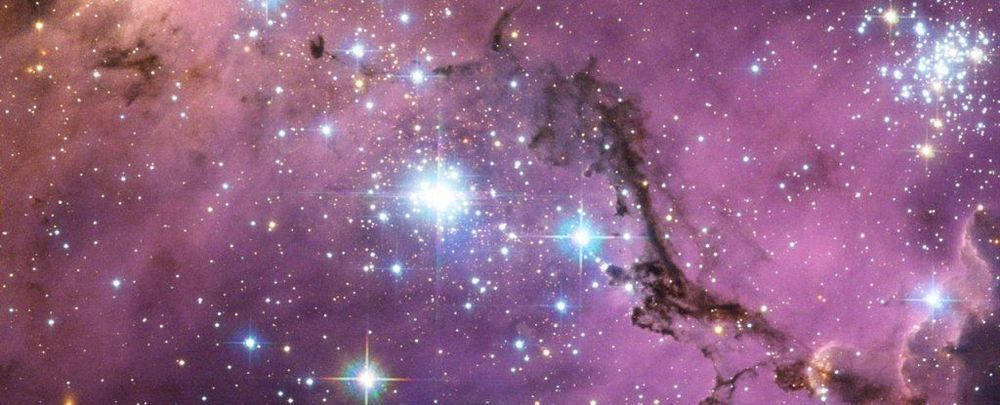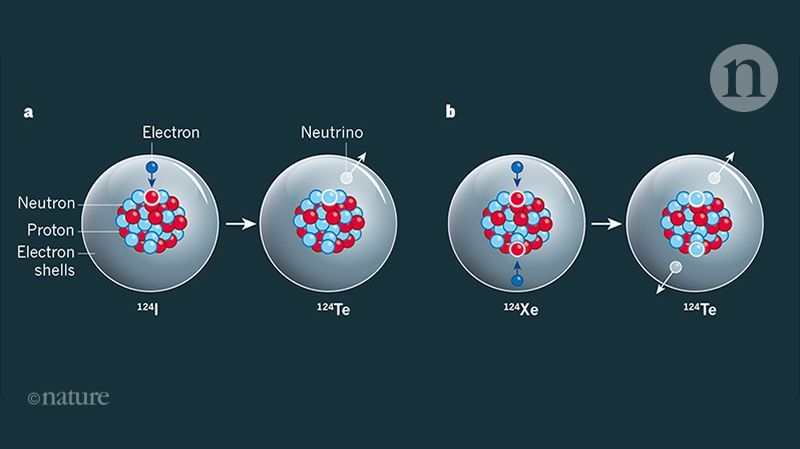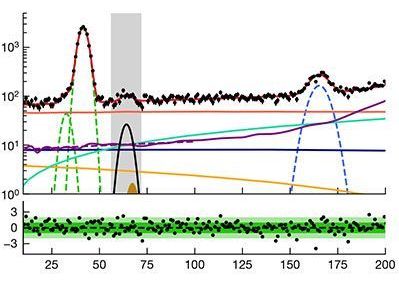May 1, 2019
Astronomers Discover ‘Extraordinary’ Black Hole That Is Warping Space-Time
Posted by Genevieve Klien in categories: cosmology, physics
Nearly 8,000 light-years away from Earth, astronomers have discovered a black hole that keeps rapidly swinging out jets of plasma clouds into space, according to a new study.
The black hole, known as V404 Cygni, doesn’t behave like others. The jets shoot out possibly within minutes of each other and in all different directions. And while the researchers admit that black holes are some of the most extreme objects in the universe, this one is different.
“This is one of the most extraordinary black hole systems I’ve ever come across,” study author James Miller-Jones said in a statement. Miller-Jones is also an associate professor at Curtin University’s International Centre for Radio Astronomy Research.
Continue reading “Astronomers Discover ‘Extraordinary’ Black Hole That Is Warping Space-Time” »
